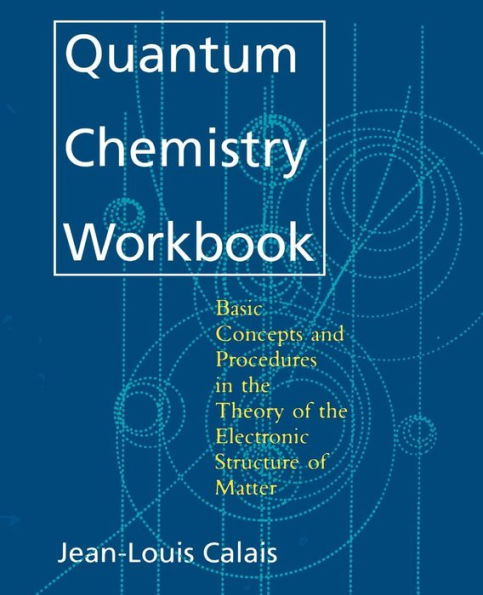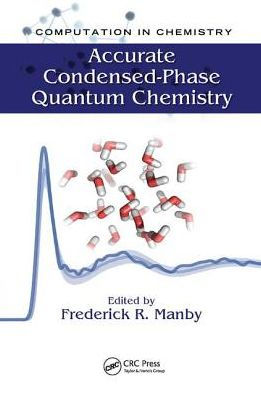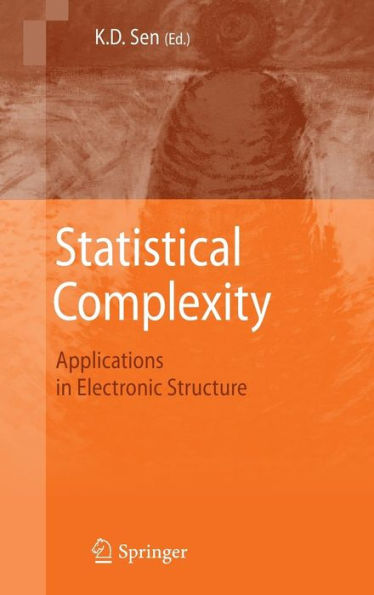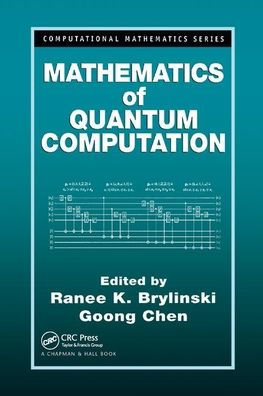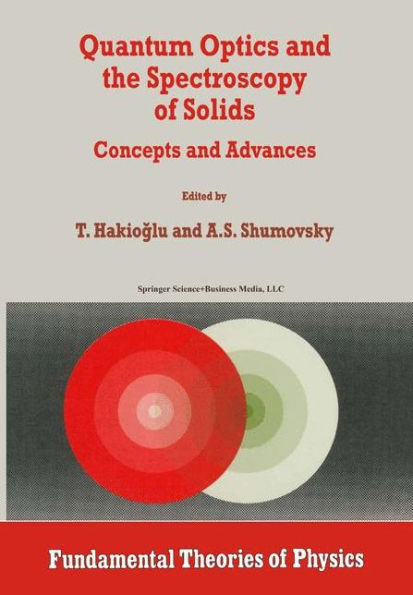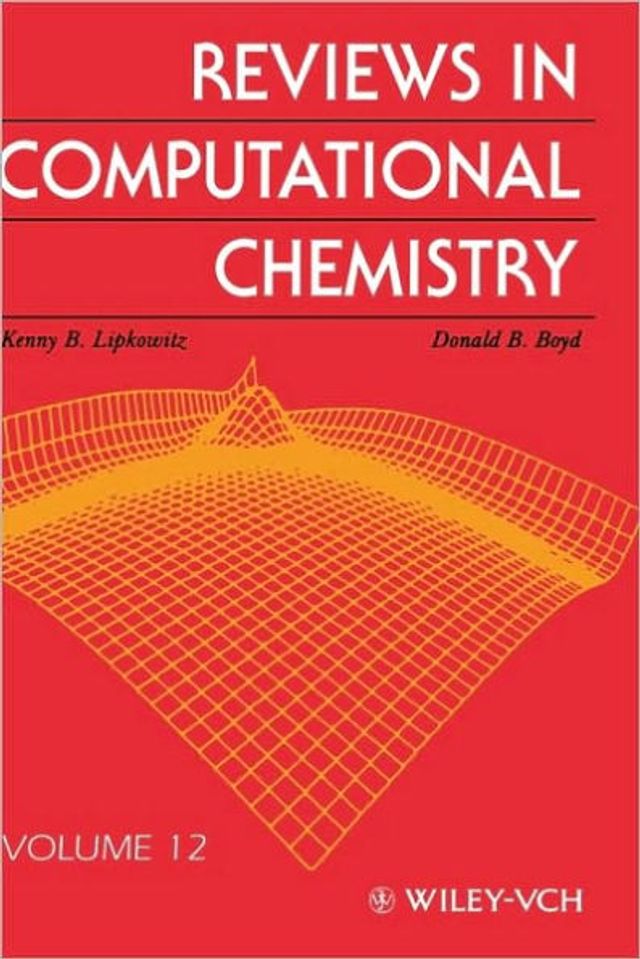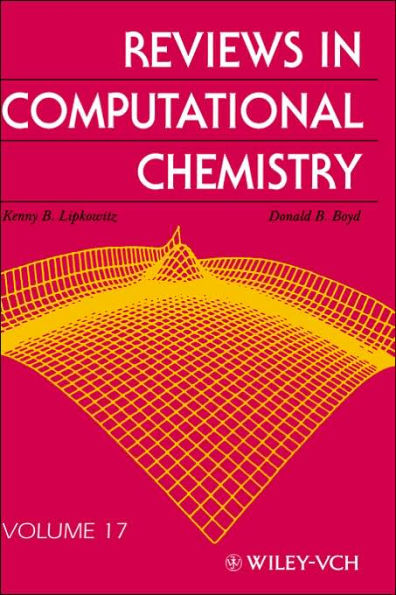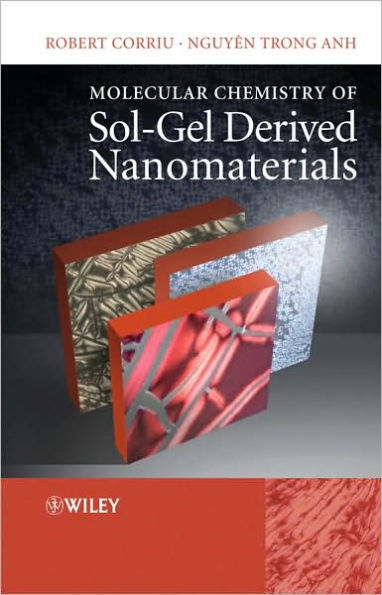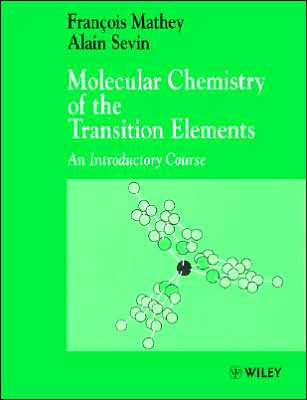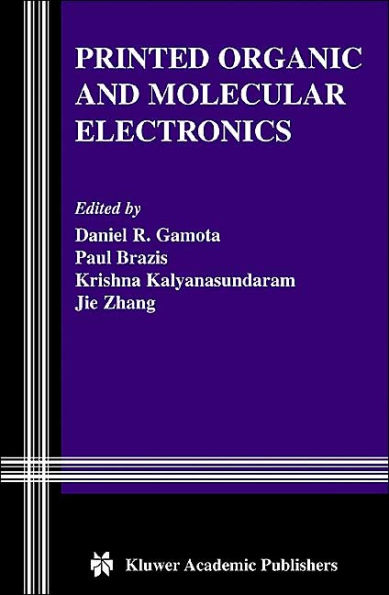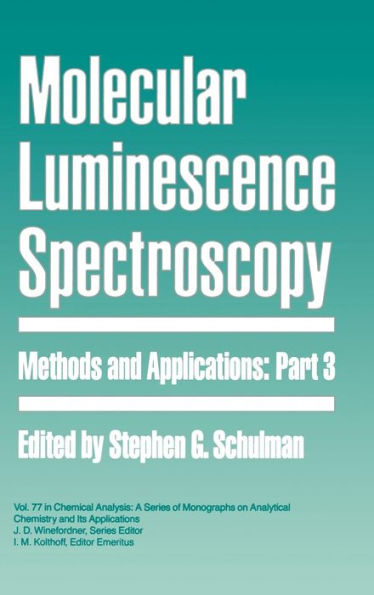
Home
Fundamentals of Quantum Chemistry: Molecular Spectroscopy and Modern Electronic Structure Computations / Edition 1
Barnes and Noble
Fundamentals of Quantum Chemistry: Molecular Spectroscopy and Modern Electronic Structure Computations / Edition 1
Current price: $109.99
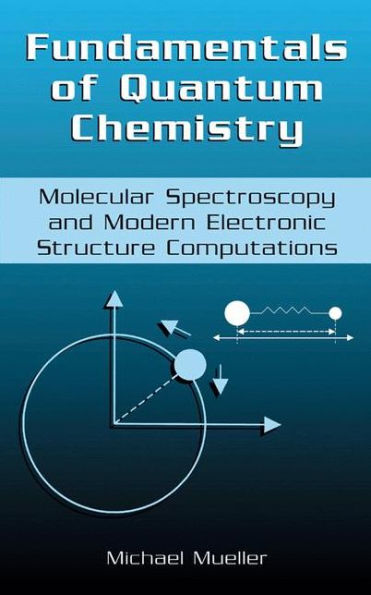

Barnes and Noble
Fundamentals of Quantum Chemistry: Molecular Spectroscopy and Modern Electronic Structure Computations / Edition 1
Current price: $109.99
Loading Inventory...
Size: OS
Loading Inventory...
As quantum theory enters its second century, it is fitting to examine just how far it has come as a tool for the chemist. Beginning with Max Planck’s agonizing conclusion in 1900 that linked energy emission in discreet bundles to the resultant black-body radiation curve, a body of knowledge has developed with profound consequences in our ability to understand nature. In the early years, quantum theory was the providence of physicists and certain breeds of physical chemists. While physicists honed and refined the theory and studied atoms and their component systems, physical chemists began the foray into the study of larger, molecular systems. Quantum theory predictions of these systems were first verified through experimental spectroscopic studies in the electromagnetic spectrum (microwave, infrared and ultraviolet/visible), and, later, by nuclear magnetic resonance (NMR) spectroscopy. Over two generations these studies were hampered by two major drawbacks: lack of resolution of spectroscopic data, and the complexity of calculations. This powerful theory that promised understanding of the fundamental nature of molecules faced formidable challenges. The following example may put things in perspective for today’s chemistry faculty, college seniors or graduate students: As little as 40 years ago, force field calculations on a molecule as simple as ketene was a four to five year dissertation project.

